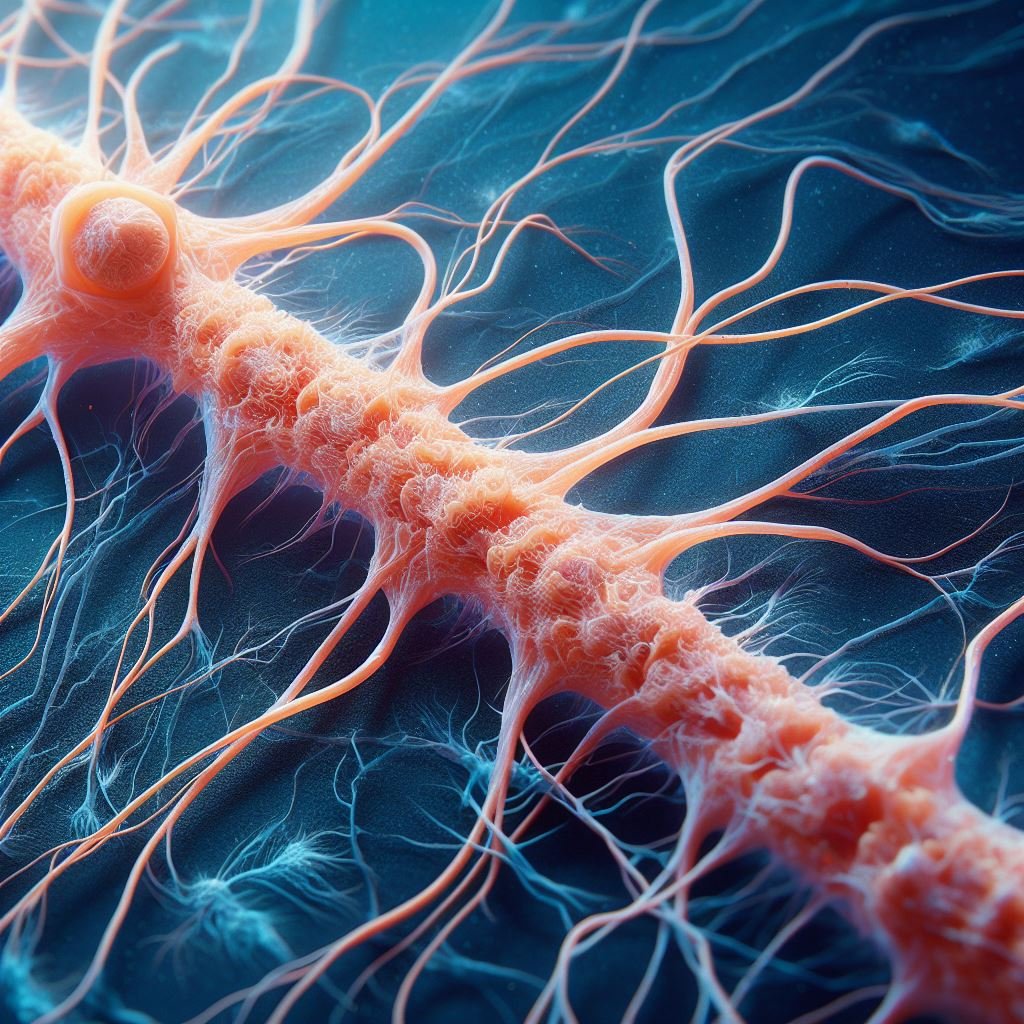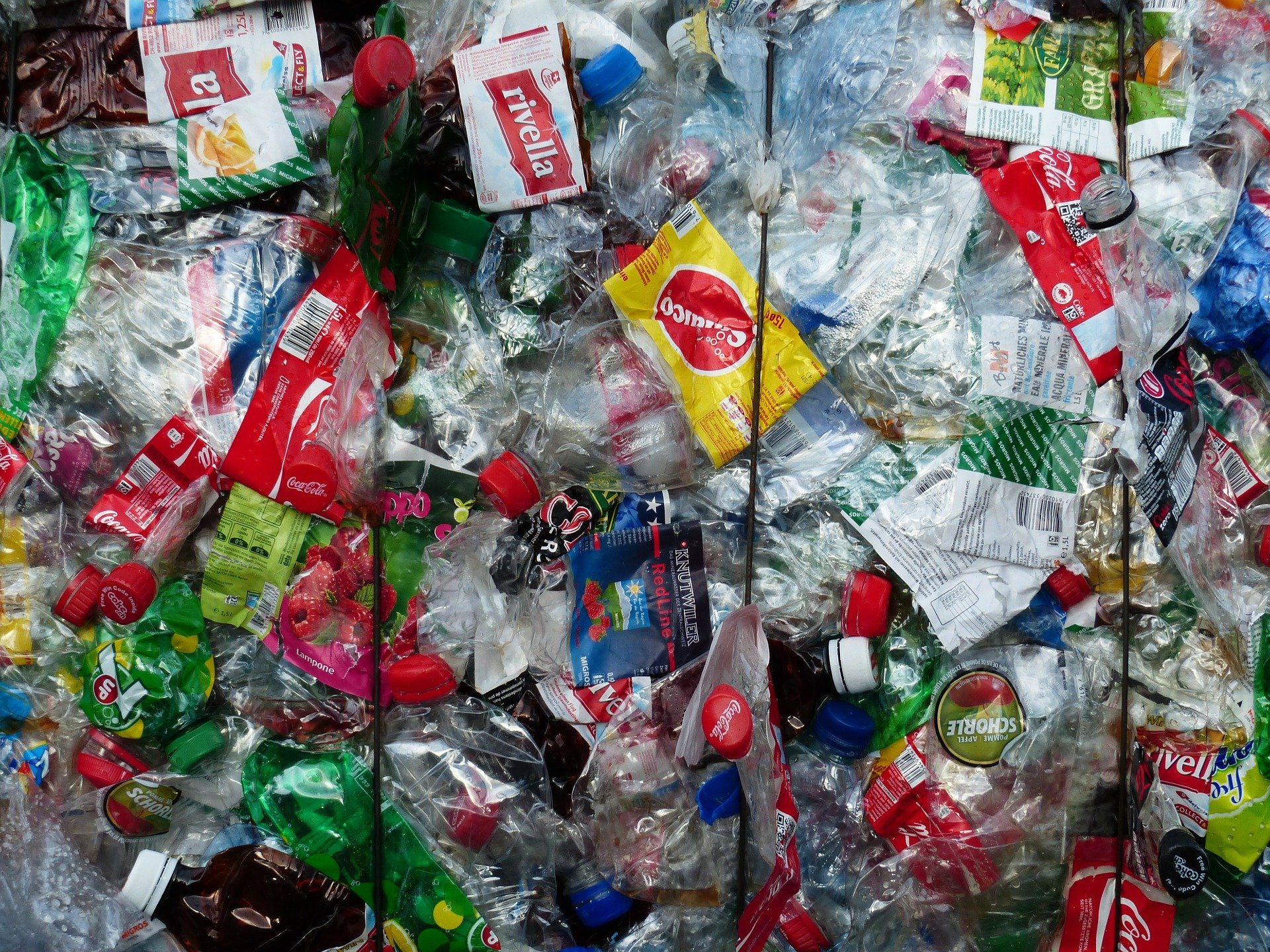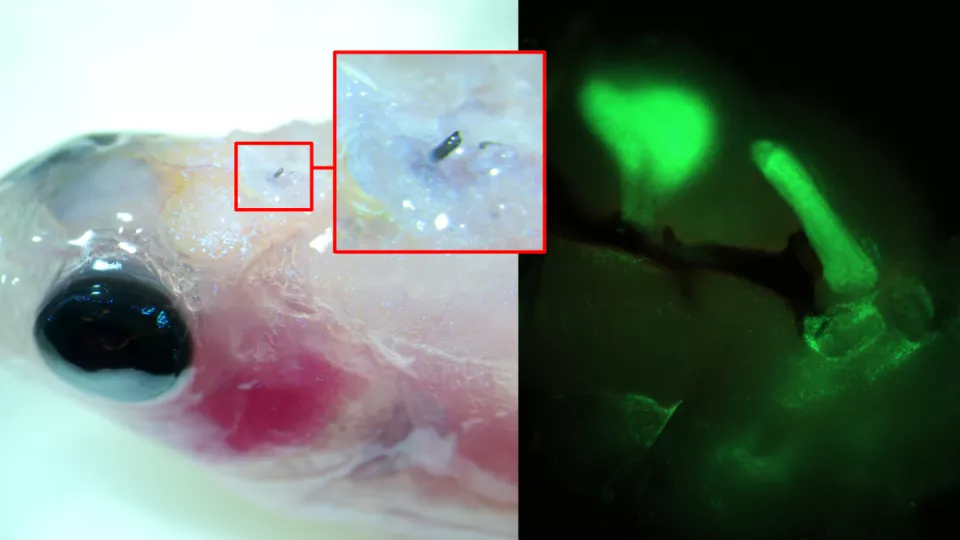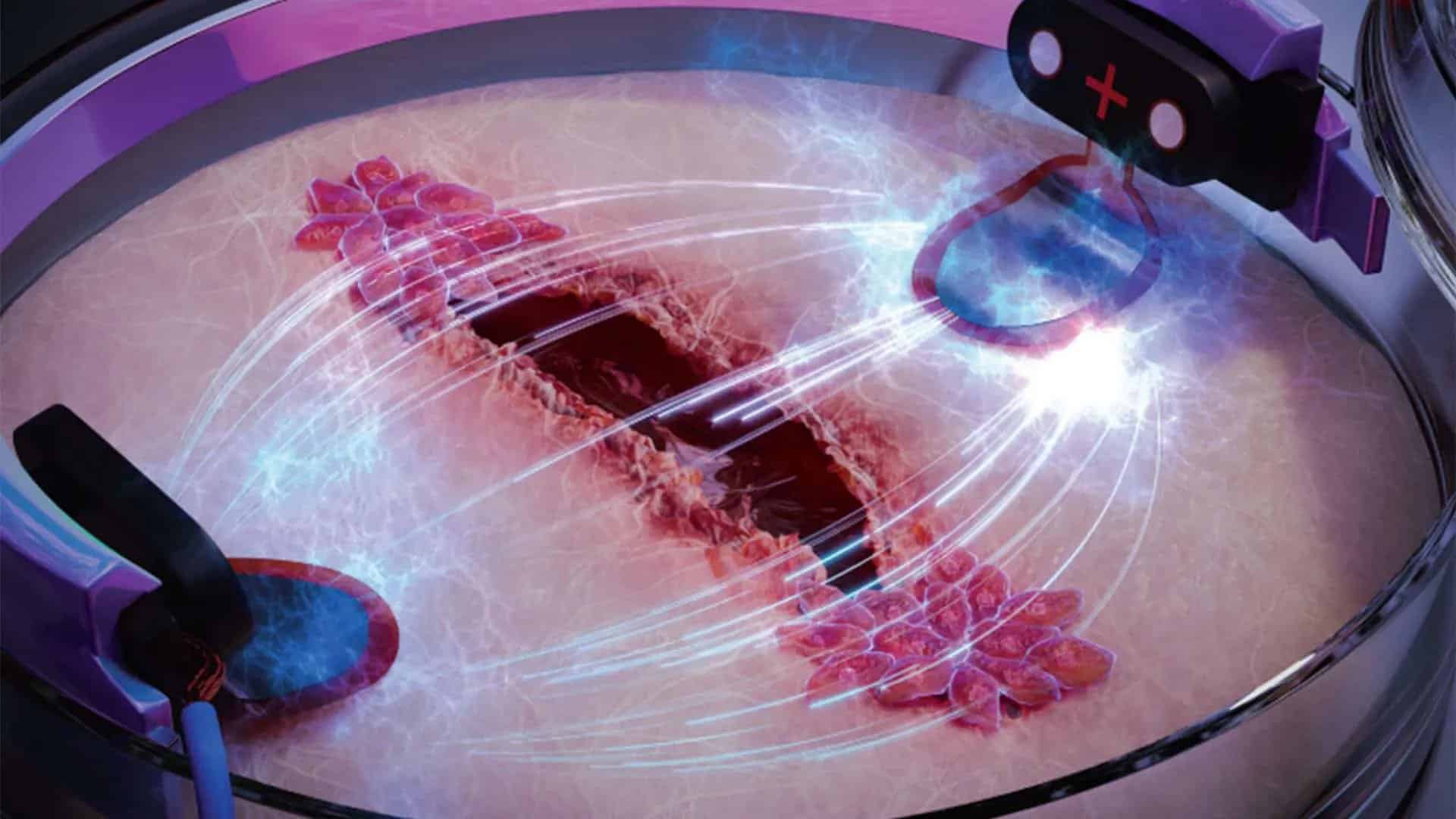
Researchers at Chalmers University of Technology have discovered an innovative method to heal wounds up to three times faster using electric stimulation. This breakthrough could significantly benefit diabetic and elderly patients who often suffer from chronic, slow-healing wounds. By using electrotactic skin cells, the researchers applied an electric field to artificially created skin wounds on a microfluidic biochip. The electrically stimulated wounds healed three times faster than those without stimulation. The method also showed promising results for diabetes-related wounds, with electric stimulation increasing the speed of healing in diabetes-affected cells to nearly match that of healthy skin cells.
Revolutionising wound care
Chronic wounds, such as diabetic foot ulcers, are a significant and often underestimated societal issue. With 1 in 11 adults suffering from some form of diabetes according to the World Health Organization (WHO) and the International Diabetes Federation, the need for effective wound care is greater than ever. The lifetime risk of developing diabetic foot ulcers is 15-25% for diabetic patients, and 40-80% of these cases may become severely infected. The cost of wound treatment in the United States alone exceeds $50 billion per year, with Medicare spending between $28-97 billion annually on acute and chronic wound management.
The researchers at Chalmers University and the University of Freiburg based their work on an old hypothesis that electric stimulation could be used to heal damaged skin. They discovered that skin cells are electrotactic, meaning they migrate directionally in electric fields. By applying an electric field to a petri dish containing skin cells, the cells ceased random movement and began moving in the same direction. This principle was used to guide the cells in a way that accelerated the healing process.
From the lab to real-world applications
The researchers utilised a tiny engineered chip to compare the healing process of artificial skin wounds. One wound was stimulated with a low electric field of 200 mV/mm, while the other was allowed to heal without any electrical stimulation. The electrically stimulated wounds healed three times faster, with no negative impact on the cells. This method could revolutionise wound care and help develop innovative treatments for chronic wounds, especially for diabetic patients.
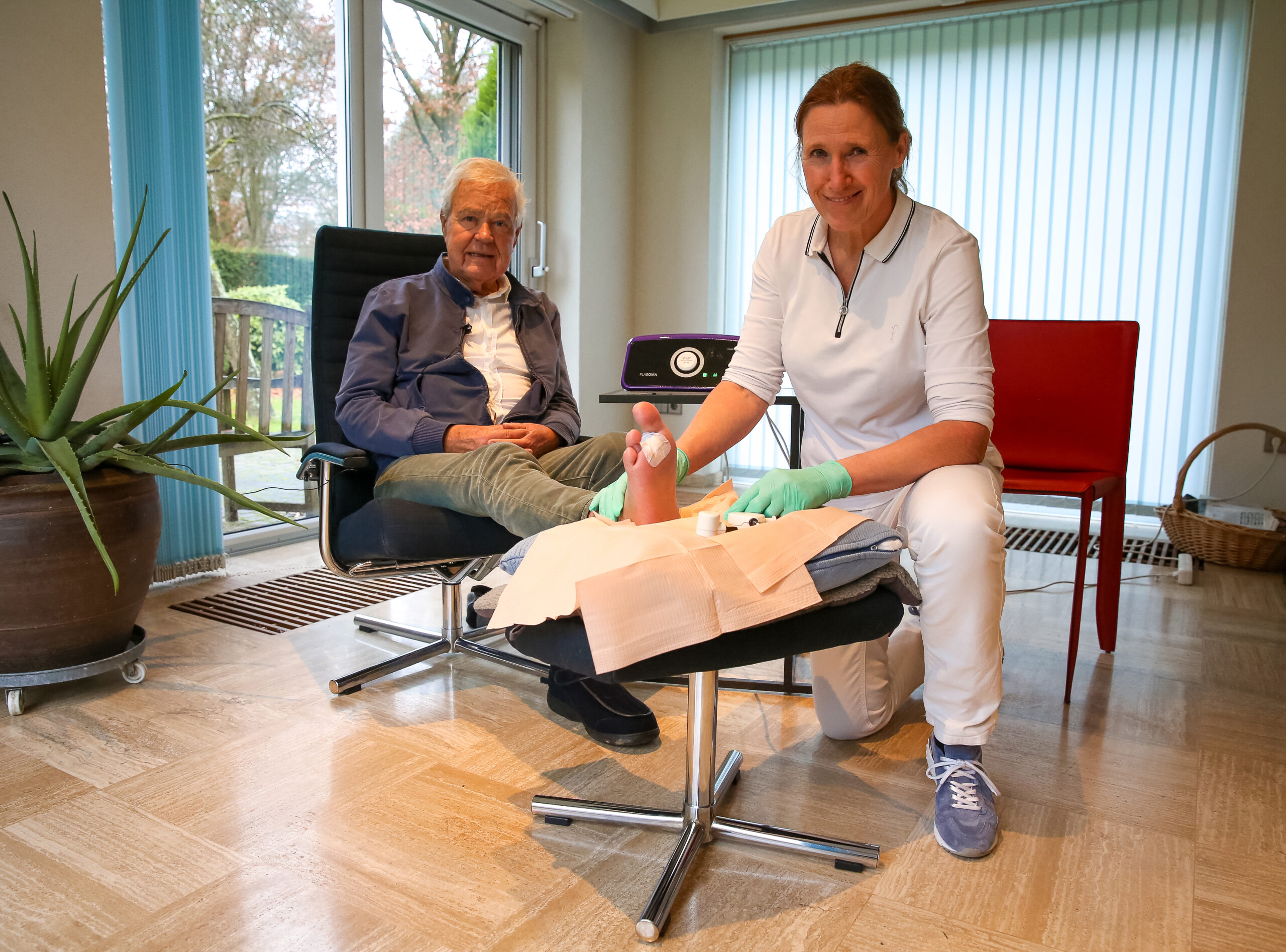
Apart from electrical stimulation, other approaches, such as cold plasma technology, are also being explored to accelerate wound healing. Companies like Plasmacure have developed patented cold plasma solutions, such as PLASOMA, which can be applied directly to wounds, showing promising results in closing stalled wounds. These treatments, along with electric stimulation, could form the future of wound care, providing relief to millions of patients worldwide.
The road to individualised treatment
While similar products have been developed before, more basic research is required to create effective, individualised electric field stimulation treatments. The Chalmers researchers have received a grant from the European Research Council (ERC) to continue their work in this field, with the aim of developing a consumer product for wound healing in the future. Maria Asplund, Associate Professor of Bioelectronics at Chalmers University, believes that the key to helping individuals with slow-healing wounds lies in developing a concept that can ‘scan’ wounds and adapt the stimulation according to the individual’s needs.
With the combination of electrical stimulation and emerging cold plasma technologies, the future of wound care looks brighter than ever. These innovative treatments hold great promise for transforming the lives of those suffering from chronic wounds and alleviating a significant burden on healthcare systems worldwide.




